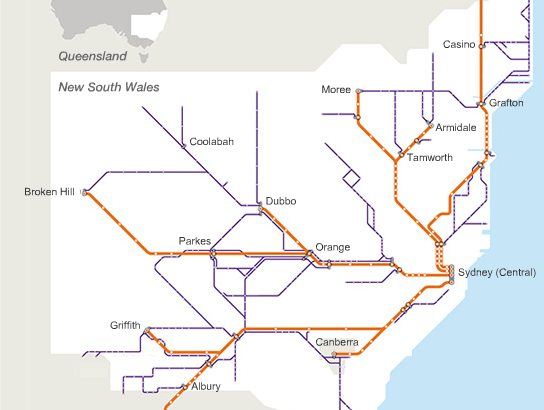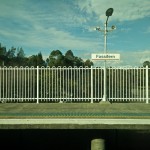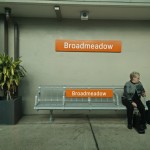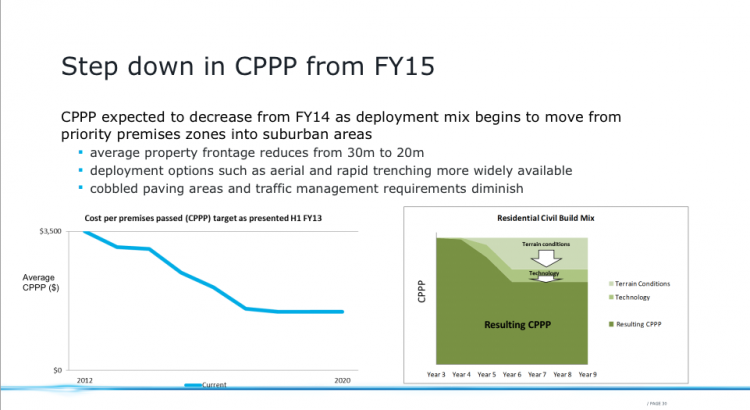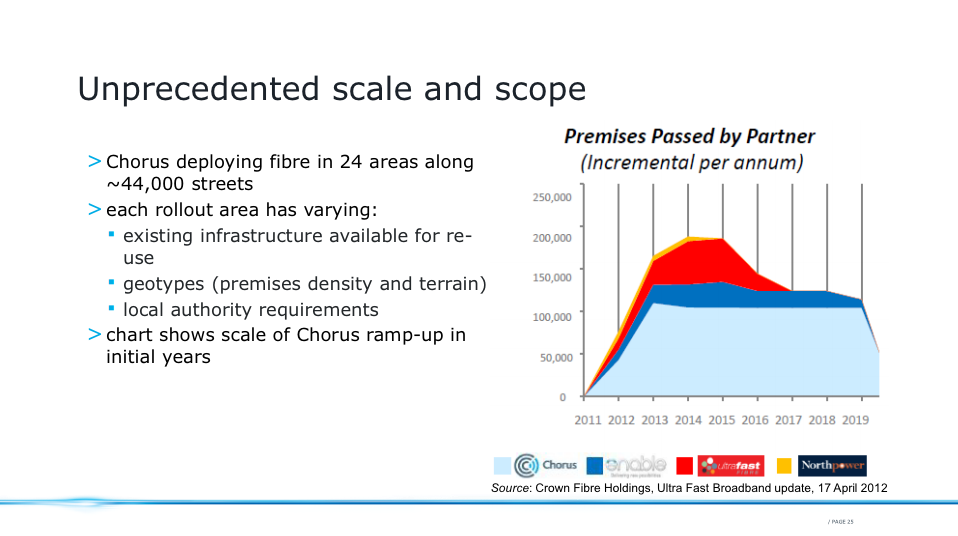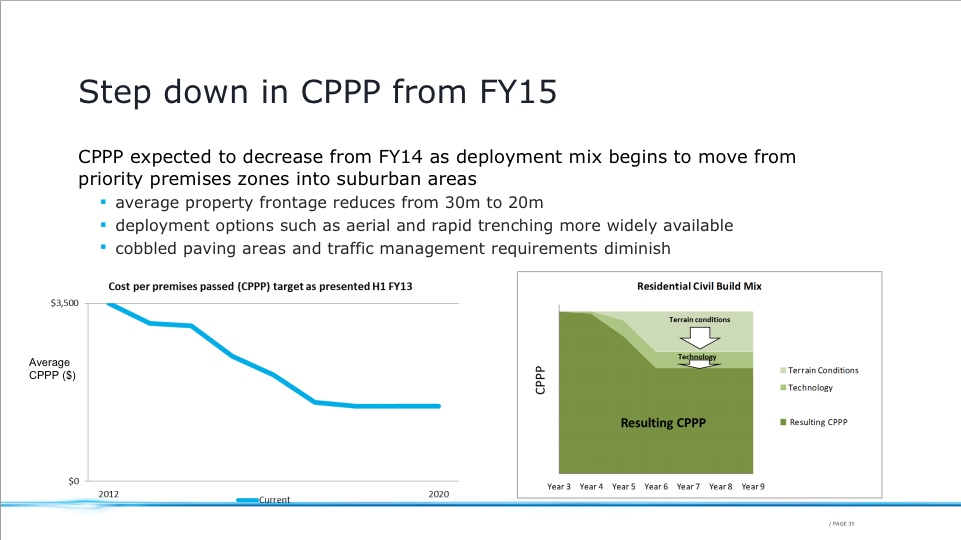How I can potentially save $30 off a single one-way trip using an Opal card
If you live in or travel frequently to regional NSW, one way to travel to and from Sydney is to ride on one of NSW TrainLink’s regional train or coach services. Services may be sparse and are still rarely packed. North Coast services are a bit lengthy compared with a road trip on the Pacific Highway, but fares are generally cheaper than fuel for one person.
This week, I travelled home to Taree on the Grafton XPT NSW TrainLink service from Sydney (Central) – the trip took 5.5 hours and cost $46.80 – one way. But on the way up to Taree, stopping by Broadmeadow and Dungog, I realised that there is potential to save even more!
If I swapped out part of my journey to use regular Intercity TrainLink services (the ones within the Opal network), I can potentially save around 70% of a regular one-way ticket. A single one-way trip from Sydney to Taree costs $46.80, where as a single one-way trip from Broadmeadow to Taree costs $25.02. Further shortening the trip from Dungog to Taree only costs $18.56. Compare that cost difference with the maximum train fare on an Opal card which is $8.30 (peak) or $5.81 (off-peak).
This could mean your $46.80 fare could be reduced almost by half to $24.37 (Sydney to Dungog on Intercity services, Dungog to Taree on Regional services). The deal is even better if you’ve reached your weekly travel reward cap of 8 journeys or travel on a Sunday when Opal fares are capped at $2.50 – where the minimum cost would be $18.56 and $21.06 respectively.
| TrainLink Intercity | Intercity Cost | TrainLink Regional | Regional Cost | Total cost |
|---|---|---|---|---|
| – | – | Central to Taree | $46.80 | $46.80 |
| Central to Broadmeadow (off-peak) |
$5.81 | Broadmeadow to Taree | $25.02 | $30.83 |
| Central to Broadmeadow (peak) |
$8.30 | Broadmeadow to Taree | $25.02 | $33.32 |
| Central to Dungog (off-peak) |
$5.81 | Dungog to Taree | $18.56 | $24.37 |
| Central to Dungog (peak) |
$8.30 | Dungog to Taree | $18.56 | $26.86 |
| Central to Dungog (travelling Sunday) |
$2.50 | Dungog to Taree | $18.56 | $21.06 |
| Central to Dungog (weekly travel cap) |
$0 | Dungog to Taree | $18.56 | $18.56 |
So, if you don’t mind waiting at a station to change trains, you could save over half of your transport costs travelling to regional NSW.
